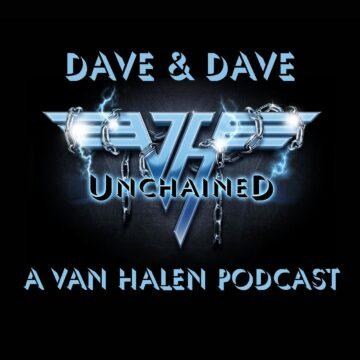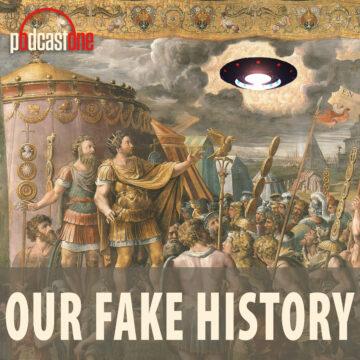Heaven and hell, Judgement Day, monotheism — these ideas all came from one ancient Persian religion: Zoroastrianism. Also: Sky Burials. Zoroastrians put their dead on top of a structure called The Tower of Silence where vultures devour the body in a matter of hours. It’s clean, efficient, eco-friendly. It’s how it’s been for thousands of years.
Until 2006. That’s when a Zoroastrian woman living in Mumbai snuck up into the tower and found bloated, rotting bodies everywhere. The vultures were gone. And not just at the tower — all across the country.
In this episode, we follow the Kenyan bird biologist, Munir Virani, as he gets to the bottom of this. A mystery whose stakes are not just the end of an ancient burial practice, but the health of all the world’s ecosystems.
The answer, in unexpected ways, points back to us.
Special thanks to Daniel Solomon, Peter Wilson, Samik Bindu, Vibhu Prakash, Heather Natola and the Rapture Trust in New Jersey, and Avir’s uncle Hoshang Mulla, who told him about this story over Thanksgiving dinner.
EPISODE CREDITSReported by – Avir Mitrawith help from – Sindhu GnanasambandanProduced by – Sindhu Gnanasambandanwith help from – Pat WaltersOriginal music and sound design contributed by – Jeremy Bloomwith mixing help from – Arianne WackFact-checking by – Diane Kellyand Edited by – Pat Walters
Our newsletter comes out every Wednesday. It includes short essays, recommendations, and details about other ways to interact with the show. Sign up (https://radiolab.org/newsletter)!
Radiolab is supported by listeners like you. Support Radiolab by becoming a member of The Lab (https://members.radiolab.org/) today.
Follow our show on Instagram, Twitter and Facebook @radiolab, and share your thoughts with us by emailing radiolab@wnyc.org.
Leadership support for Radiolab’s science programming is provided by the Gordon and Betty Moore Foundation, Science Sandbox, a Simons Foundation Initiative, and the John Templeton Foundation. Foundational support for Radiolab was provided by the Alfred P. Sloan Foundation.









